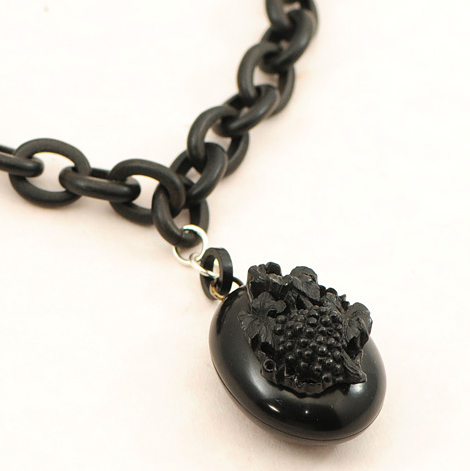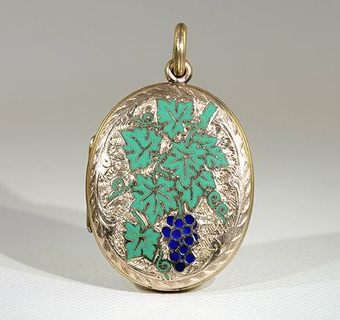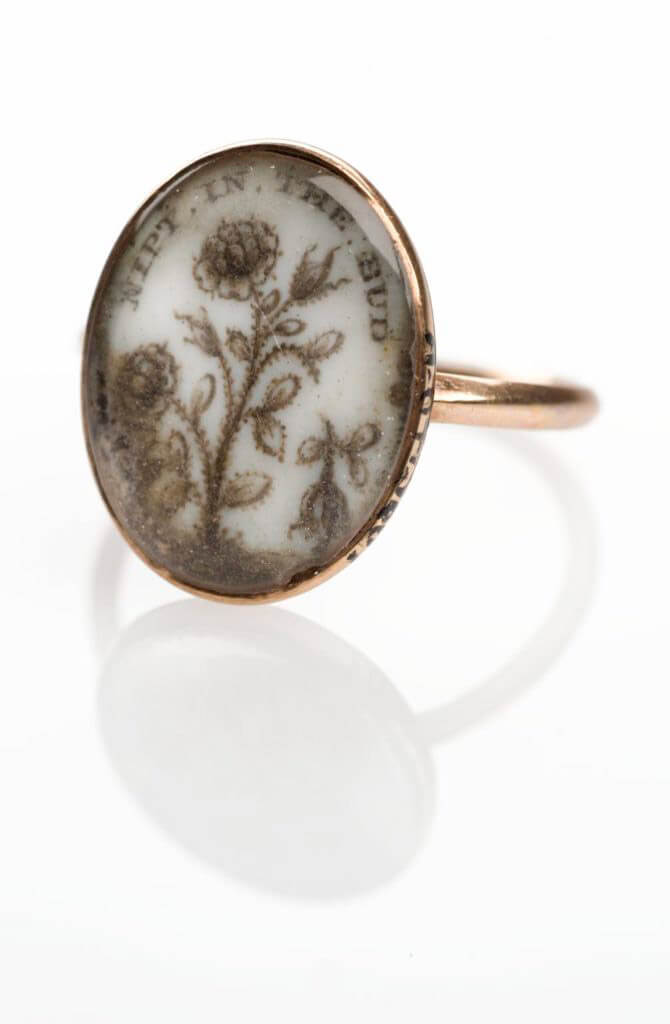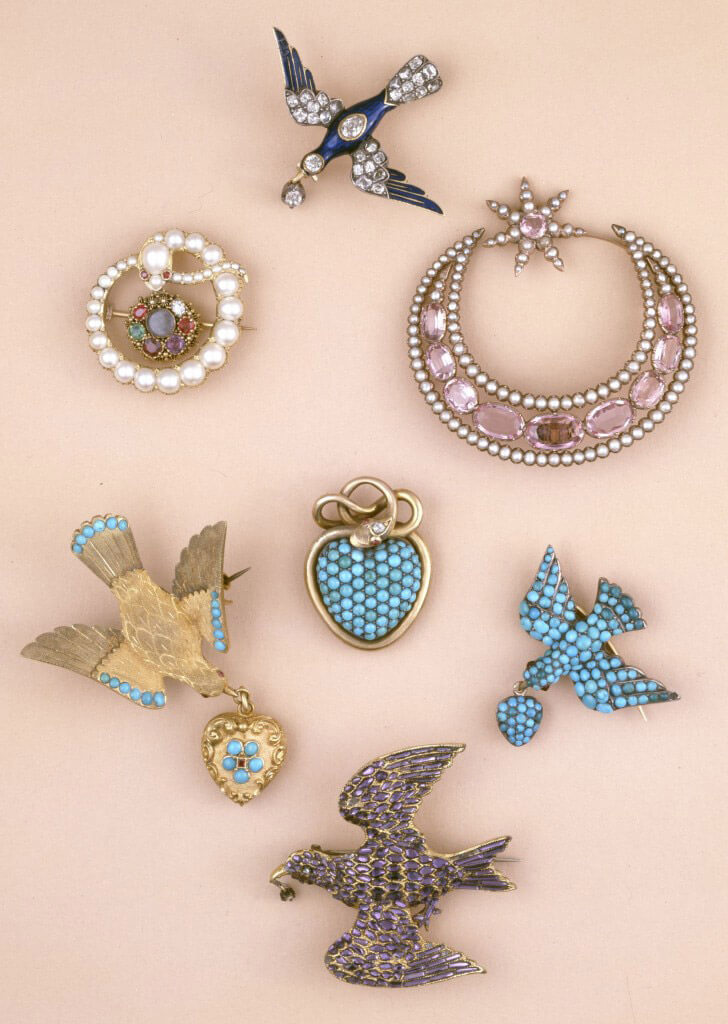Symbolism, The Grape
The grape can represent Dionysus, but we’ll look to the more familiar variations for this symbol. It is not uncommon to find the leaf used in Christian churches or funeral funeralia, as they also show the triumph of victory over death and the joys of heaven (see how that ties back to my first paragraph?).
In literal terms, look at the symbol itself and note the behaviour of the grape. It is a plant which grows in abundance and one of the earliest cultivated crops known to mobilised society, hence the connection to the symbol bearing fruit for the harvest. Here is an element of birth/rebirth within the representation of the grapes and also its connection to victory, as the ripe harvest shows the promise of the fruits rewards being reaped and turned into the production of sustenance for the future as well as a product which promotes happiness. In this, there is the link towards Dionysus, with the vine being worn by cult members to represent a god closely connected to wine (also the bull, serpent and ivy) and its intoxicating effects. Interestingly enough, there are parallels between Dionysus and Jesus that stem from the transubstantiation of water/wine and resurrection, but I find that these reinforce the symbol’s intent and its use when worn in jewellery.
The motif can be found in Neoclassical jewels, but much more commonly in the second half 19th century pieces, where it is often embellished in lockets, pendants or manufactured as charms. When used in Neoclassical depictions, the symbol is often a secondary motif, relegated to being a symbol that works in conjunction with its surroundings to enhance symbolic meaning, such as wrapped around a column or plinth, combined with oak, held by the human subject of the depiction or bordering the piece itself. In the 19th century uses, post 1840 and the re-introduction of Christian family values (which we’re going to discuss in the new year quite in-depth), the symbol becomes one used prominently and often alone – note the use in the pieces above. These two pieces are using different materials, but both show the symbol as the central focus to the piece itself. Much of this usage is directly because of its Christian leaning as a symbol and for the very reason that the symbol conveys a positive message of rebirth/birth.








